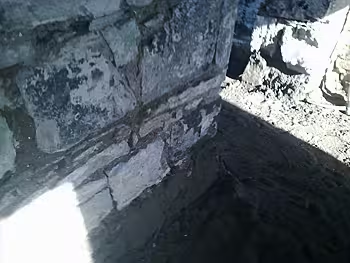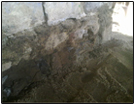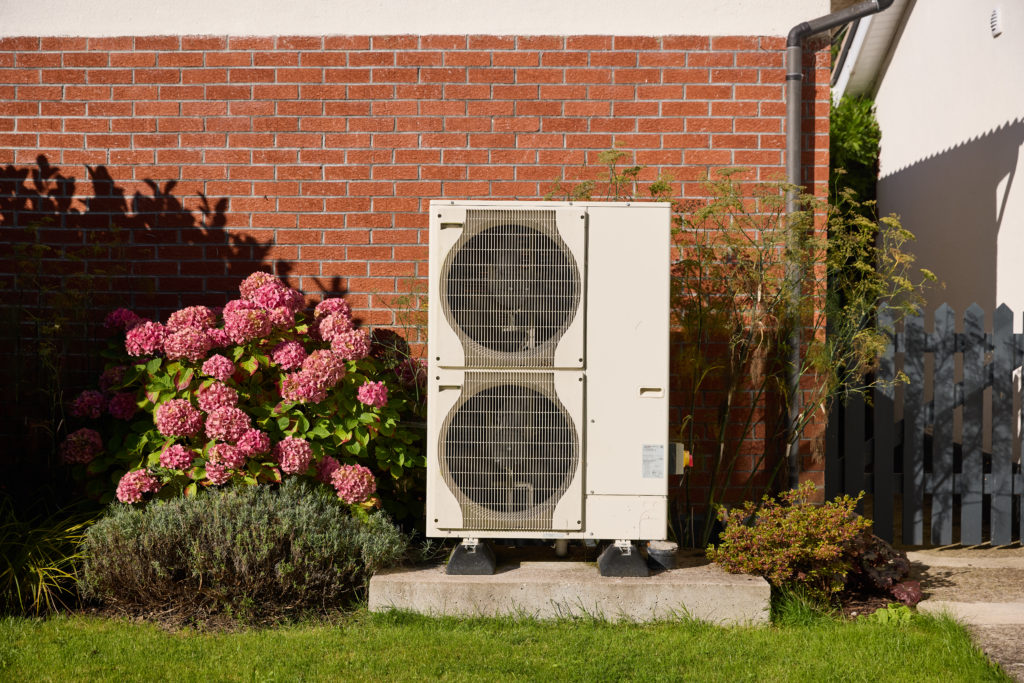
Getting out of the ground is a milestone that marks the beginning of the end. I have four part blog sequence that outline the process preparing and installing a concrete slab into an old building. Have you done this before? Feel free to share your experiences and any tips.
What is a Damp Proof Membrane?
A damp Proof Membrane (DPM) is located on top of the sand blinding and under the insulation and concrete slab. The purpose of the DPM is to prevent moisture from the ground passing to your concrete slab. A DPM is dressed up the rising wall and in a new build passes through the wall at slab level to the outside to prevent moisture rising up the rising wall. Nowadays, the Radon Barrier has a dual purpose and fulfils the job of a DPM.
What is a Radon Barrier?
So what is radon? Radon comes from the radioactive decay of uranium in our rocks and soils and emits from the ground and is prominent in particular areas in Ireland. It has no odour, colour or taste and so can not be detected by humans. This radioactive gas damages lung tissues and leads to lung cancer. Radon is the second leading cause of lung cancer after smoking.
The main purpose of a radon barrier it to prevent the leakage of radon into the interior of a house. Further to this new homes must be installed with a radon sump to allow the build up of gases under radon barriers escape to the outside.
Installing a Radon Barrier
In a renovation project, installing a radon barrier works in theory, but is impossible to achieve a perfect seal in practice. I am not trying to play down the importance of installing a radon barrier. However, my experience below has reinforced the compromise of old buildings achieving current Building Regulations standards and the importance of allowing adequate ventilation into old buildings.
In stone building you face two main issues with radon barriers. Firstly the house is made of stone walls and you cannot pass the radon barrier to the outside wall. If radon is present, it will leak up within the stone wall around the radon barrier, this makes the radon barrier meaningless. Secondly, a good radon barrier installation assumes that you can make a good seal at the floor level with radon tap and silicone. In most cases the walls are not straight and silicone will not take adhesion to stone and lime mortar.
However, the regulations stipulate that you must install a radon membrane and radon sump. I understand that an extractor installed on the radon sump can extract the radon and negates the need for the radon barrier. I was advised to seal the building, undertake a radon test and install a fan if required. I will keep you posted on this.
Fitting a radon barrier is a simple process on a new build and if you follow the installer’s manuals and do your research you won’t go wrong. However, it is a very tricky job on a renovation project so give your self plenty of time and patience to get it right.
Stay tuned to my next blog part three of this sequence Start as you Mean to End: Installing Mechanical and Electrical Services.
Useful Links
Advertisement








